Have you ever wondered why your social feed is filled with beauty challenges and real customer selfies? It’s not a coincidence, it’s a strategy. Today’s most successful beauty brands know that the most powerful marketing doesn’t come from glossy campaigns, but from the voices of real people.
In a world saturated with ads, authenticity sells. From TikTok transformation videos to Instagram “no-makeup” challenges, brands are turning ordinary users into extraordinary storytellers, and it’s changing the entire beauty industry.
The Power of Real People: Why User-Generated Content Works
Authenticity has become the new luxury. In an age where consumers crave transparency, user-generated content (UGC) has become a cornerstone of trust. Seeing real customers showcase products on their own terms, with all the imperfections and personality, creates a sense of connection that traditional advertising can’t replicate.
For beauty brands, UGC offers priceless social proof. When users post their makeup routines, skincare results, or lash transformations, they’re not just sharing photos — they’re influencing purchasing decisions. In fact, studies show that consumers are nearly twice as likely to trust peer content as brand-created material. This authenticity fuels engagement, brand loyalty, and community growth.
Social Media Challenges: The New Age of Brand Engagement
It’s no longer enough to show a product — audiences want to participate. Social media challenges have redefined how beauty brands spark interaction and go viral. Think of the “glow-up” trend, the #RedLipChallenge, or TikTok’s endless waves of “get ready with me” videos.
These campaigns work because they tap into emotion and creativity. They invite users to express themselves while featuring a brand’s product organically. When someone joins a challenge, they become part of a bigger story — one that’s playful, shareable, and deeply personal. For brands, that’s marketing gold: organic reach multiplied by thousands of authentic voices.
The Storytellers Behind Digital Beauty
In many ways, content creators have become the bridge between beauty brands and their audiences. Writers, influencers, and social storytellers are helping brands craft narratives that feel personal and genuine. Beauty brands aren’t just generating content — they’re building connections through storytelling.
For example, Ella Taylor is a content writer specializing in beauty, lash care, and skincare topics. She creates informative and engaging blog content for Lash Blossom, a salon that highlights the many reasons to get eyelash extensions and how they can enhance natural beauty. Writers like Ella help translate a brand’s message into relatable, story-driven content that resonates with real people, connecting products with the emotion and confidence they inspire.
Turning Customers into Ambassadors
UGC and social challenges transform casual buyers into brand advocates. Every photo, reel, or TikTok video created by a happy customer acts as an endorsement that money can’t buy. Beauty brands that nurture this relationship — by sharing, reposting, and celebrating community content — build loyalty that lasts.
Leading companies now design their entire campaigns around fan participation. They provide hashtags, prompts, and incentives, from giveaways to spotlight features, that encourage people to share their experience. The more valued users feel, the more likely they are to become recurring contributors and loyal fans.
This approach is especially effective in the beauty sector, where visuals drive desire. Seeing real users with different skin tones, eye shapes, or hair types fosters inclusivity and inspires potential buyers to imagine themselves using the product.
How Beauty Brands Can Master the Balance
While UGC and challenges boost engagement, successful brands maintain a delicate balance. Oversharing or poorly curated content can dilute brand identity, while over-polished campaigns can feel fake. The secret lies in guiding creativity, not controlling it.
The most impactful brands act as curators rather than gatekeepers. They encourage genuine participation, provide clear aesthetic direction, and highlight content that aligns with their values. This approach not only keeps branding cohesive but ensures that user creativity remains at the heart of the campaign. Beauty brands that understand this balance achieve the best of both worlds — authentic engagement and consistent brand storytelling. And as algorithms evolve to favor organic interaction, UGC-driven marketing will only grow more powerful.
Conclusion: The Beauty of Shared Stories
In today’s digital age, beauty brands don’t just sell products — they build communities. Every shared post, hashtag challenge, or transformation video adds to a collective narrative of confidence, creativity, and connection.
User-generated content is more than a trend; it’s a movement that celebrates real beauty in all its forms. By giving users a voice and a platform to shine, brands create relationships that go beyond transactions. In the end, it’s not just about the product, but the people behind it.
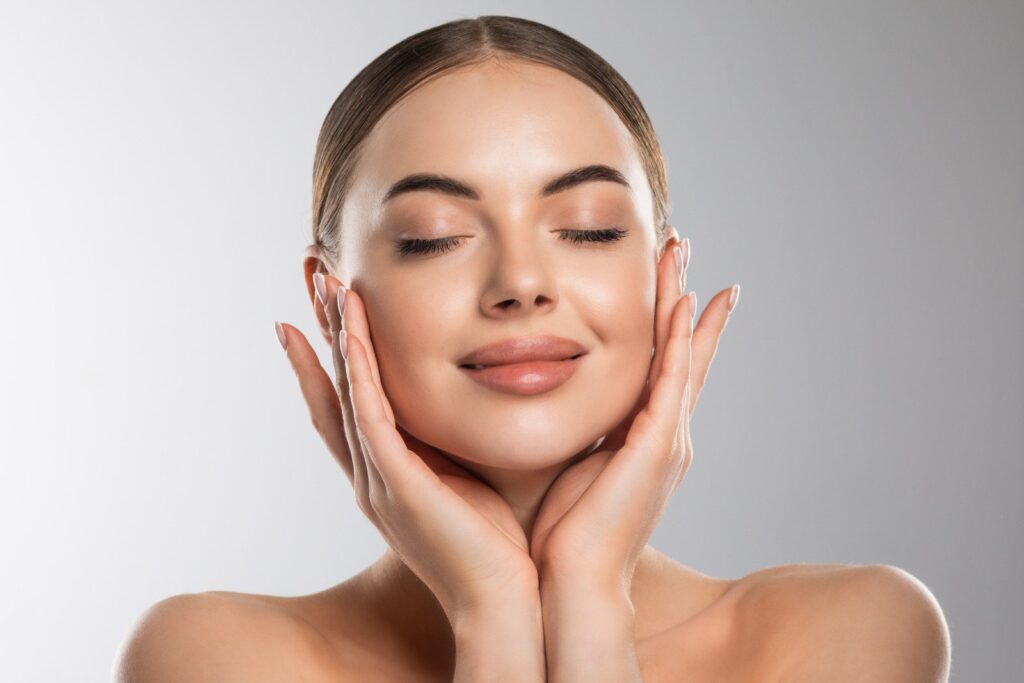
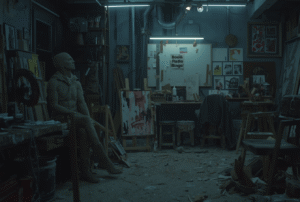




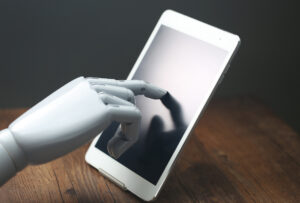

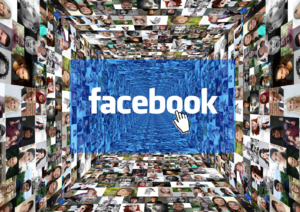


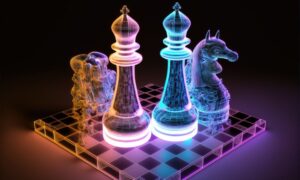


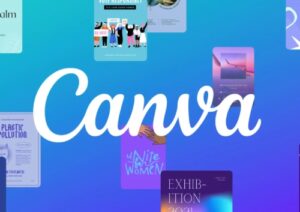

4 Comments on "How Beauty Brands Use User-Generated Content and Social Media Challenges to Drive Engagement"
Would you like to share your thoughts?
Your email address will not be published. Required fields are marked *